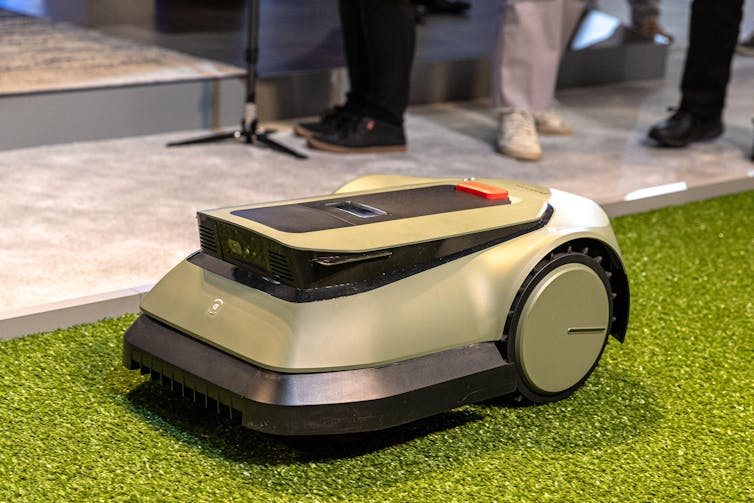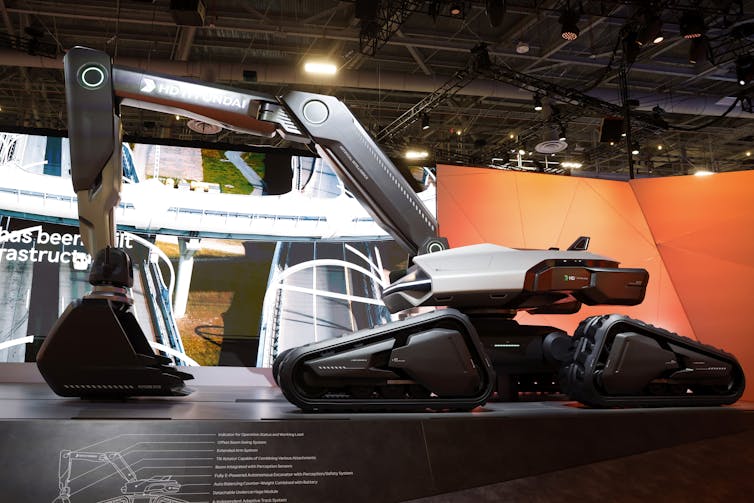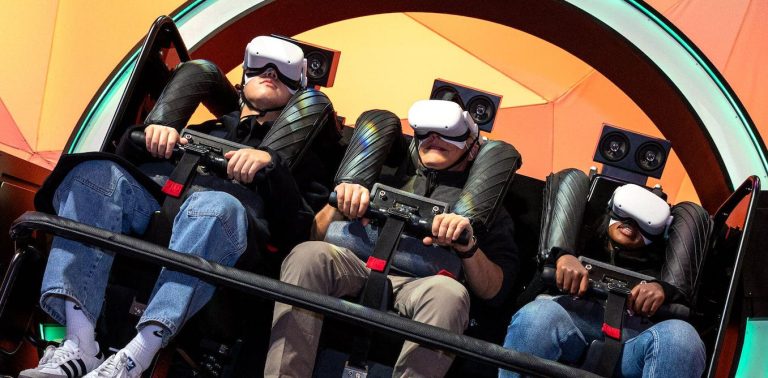Every few years I visit CES (formerly the Consumer Electronics Show) in Las Vegas, a giant event that is equal parts publicity stunt, trade show and business conference. I'm an atmospheric scientist, and I want to get an idea of technologies that might reduce our personal emissions in the future.
In 2018, there was an explosion of interest in air quality sensors along with products aimed at cleaning the air in the home. I wondered at the time whether air purification would gain widespread acceptance in Europe and whether this was environmentally sustainable or socially just.
That was in the pre-coronavirus world. Although indoor air filters are still not ubiquitous, I see a lot more today than I expected in 2018. And my futurology skills are pretty bad.
All of this is important because, thanks to various engineering successes, emissions of “traditional” air pollution particles from combustion (so-called PM2.5) in most rich countries are now the lowest they have been in a century or more. The major sources of air pollution are changing, vehicle emissions are improving, and there are fewer large industrial emissions left to control.
Air pollution remains the largest global environmental factor harming public health, but there is an increasing focus on pollution in everyday life and what to do about it.
The air quality dimension of new technology
CES involves a lot of walking because it's extensive — seven miles the first day according to my smartwatch, six miles the next. These miles provide an endless stream of booths and stands presenting new technologies, large and small, and there is an air quality dimension to a surprising number of them.
The first thing to note is the conspicuous absence of air quality sensors, which didn't deliver what they promised in 2018. This is probably due to a combination of persistent accuracy issues with the sensors themselves, and the difficulty of often finding a suitable spot. A regulated market, and the fact that just measuring pollution in a lot of places and displaying it on a good website doesn't directly make it better.

USA Girl/Alamy
However, home air filtration is still a major product segment and every appliance manufacturer has offerings – but these offerings were never actually “technical” in the first place. Indoor air cleaners remain fairly basic, and any half-competent person can make their own. It's just filter papers, a fan, and a cheap particle counter, now often combined with a dehumidifier to help reduce mold and spores indoors. For both combustion and biological particles, they can be really effective if you can afford them.
However, there are still no convincing technological solutions to reduce indoor pollution caused by VOCs. These gases come from personal care products, aerosol sprays, fires, candles, cooking, paints, adhesives, wood, furniture and much more. Modern energy efficient buildings can have limited ventilation and often trap VOCs inside. Once in the air, it is difficult to collect and contain.
Some devices aim to oxidize VOCs to carbon dioxide and water, but this process may not be completely efficient and can produce harmful byproducts themselves, such as formaldehyde. Technologies that eliminate the need to use VOCs in the first place may seem like a simpler solution to indoor air quality.
Electricity means better air quality
Electricity is everywhere at the consumer fair, with the promise of phasing out the burning of fossil fuels in our lifetimes. The pollution benefits of battery-powered electric vehicles are now well understood.
Perhaps even more important for the future is the accumulation of air quality benefits from replacing less visible polluting equipment – using heat pumps, solar and battery storage instead of gas and oil boilers, hydrogen fuel cells for trucks and backup generators, hydrogen engines for construction and agriculture, and the list goes on. Compared to 2018, hydrogen is more prominent, although access to sufficient “green” supplies is another story.
Car autonomy has been a part of CES for years, but fully self-driving cars still seem a long way off (or seem so to a complete non-expert like me). However, there is growing evidence that using more autonomy can have a direct benefit on air quality since aggressive stop-start driving wears down tires and suspends small pollutant particles from the road into the air.
This can be reduced through smoother driving that is synchronized with nearby vehicles and urban traffic management, taking those with heavy feet out of the equation.
Then come remote transportation technologies that may never materialize — electric drones for everything from delivering food to air taxis for people, all of which replace fuel-powered road vehicles.

Carolyn Bryman/EPA
I am passionate about technology and came away with an optimistic vision for the future of air pollution. But I'm not naive and I know that CES is ultimately about selling us stuff.
Although it's much less attractive, we can also get cleaner air simply by consuming less. It sounds simple (and it is), but I'm sure I'm not the only one who feels conflicted when presented with different options. The latest mobile app-guided, AI-guided e-scooter ride creates less urban air pollution than using a diesel car, but for those who can afford it, walking will always be cheaper and healthier.

